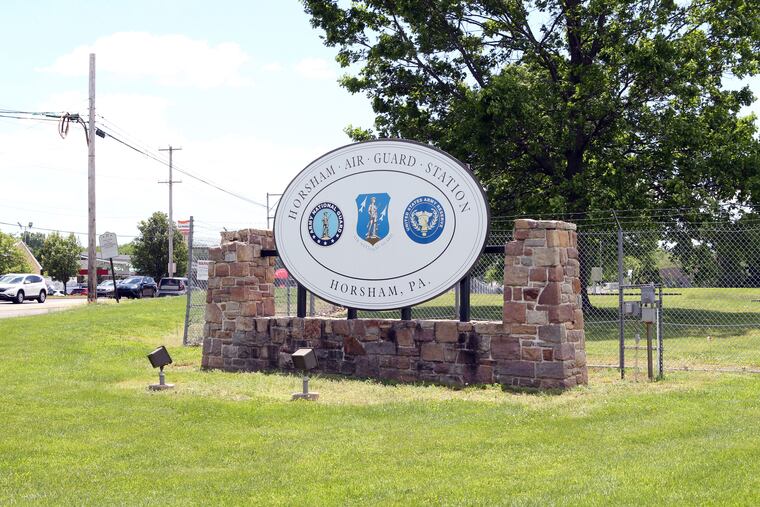How three towns outside Philly became ‘trailblazers’ on clean drinking water
The trio of townships dealing with water contamination have the highest municipal water standards for PFAS in the country.

The trio of townships dealing with water contamination have the highest municipal water standards for PFAS in the country.
